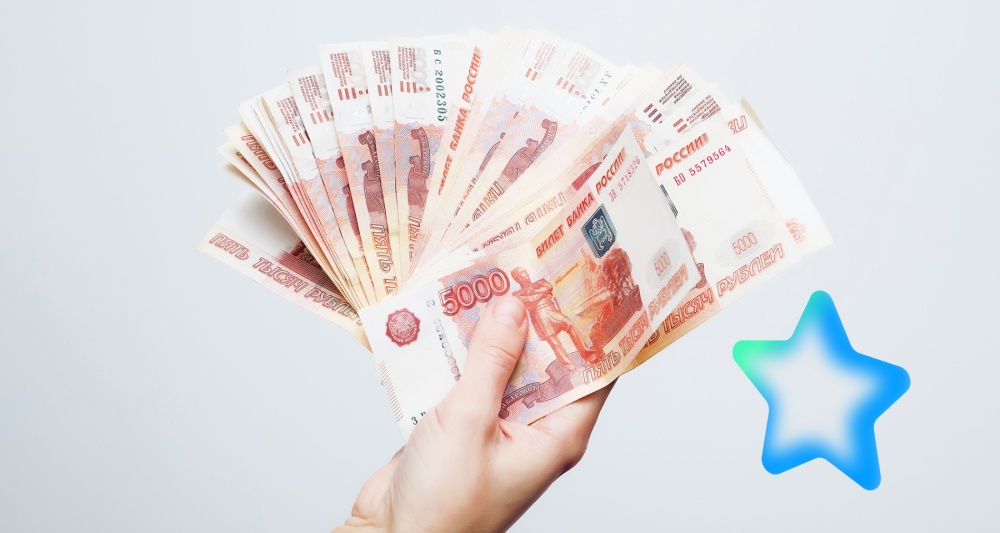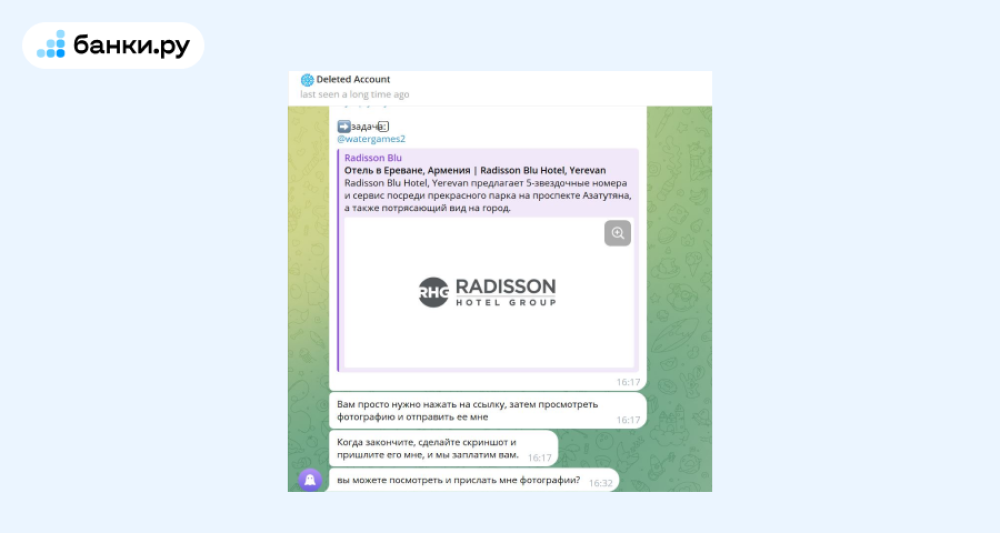TASS. Main changes in the Russian economy since 2016 have related to the fact that right now the authorities are talking not about the efforts to prevent it from falling, but a brisker pace of growth, Minister of Economic Development Maxim Oreshkin said.
"Which most important trends changed (since last year) are that the economy has started growing, i.e. we entered a new stage of economic growth. In other words, we no longer talk about the struggle against a decline in industrial output, falling household income, but how to make this rate of growth faster and more sustainable," Oreshkin claimed when asked which changes the economy has seen since last year.
To remind, on April 13, 2017 the Russian government reviewed three versions of the scenario for the country's socio-economic development in 2018-2020 (conservative, baseline and target), and took as the basis the so-called baseline scenario whereby GDP would grow 2% in 2017, and would stabilize at a 1.5% rate for three subsequent years. Meanwhile, Russian authorities promised to work out measures to achieve the target scenario that optimistically forecasts economic growth to the above-global pace of 3.1% in 2020.
The revised baseline version of the forecast became more optimistic than the previous estimate. Specifically, GDP growth in 2017 is forecast at 2% vs. 0.6%, and inflation at 3.8% relative to 4%. The same indicators for 2017 are also incorporated into the target scenario, but later deviations will arise, becoming more considerable year after year. In line with the target scenario, the Russian economy would grow 3.1% in 2020 vs. 1.5% under the baseline scenario, investment growth would pick up from 2.1% to 9.8%, and wage growth would step up from 1.3% to 2.5%.









